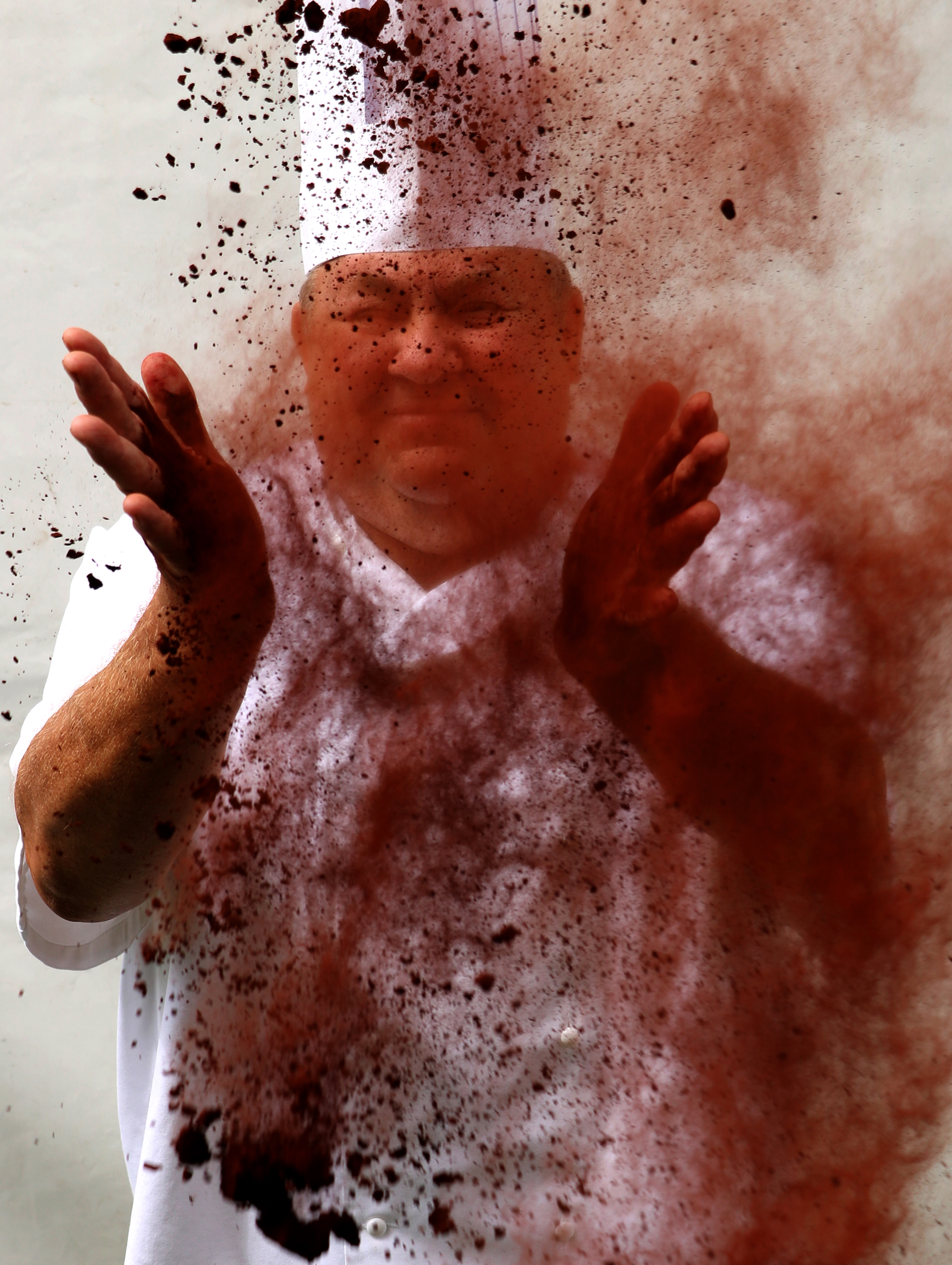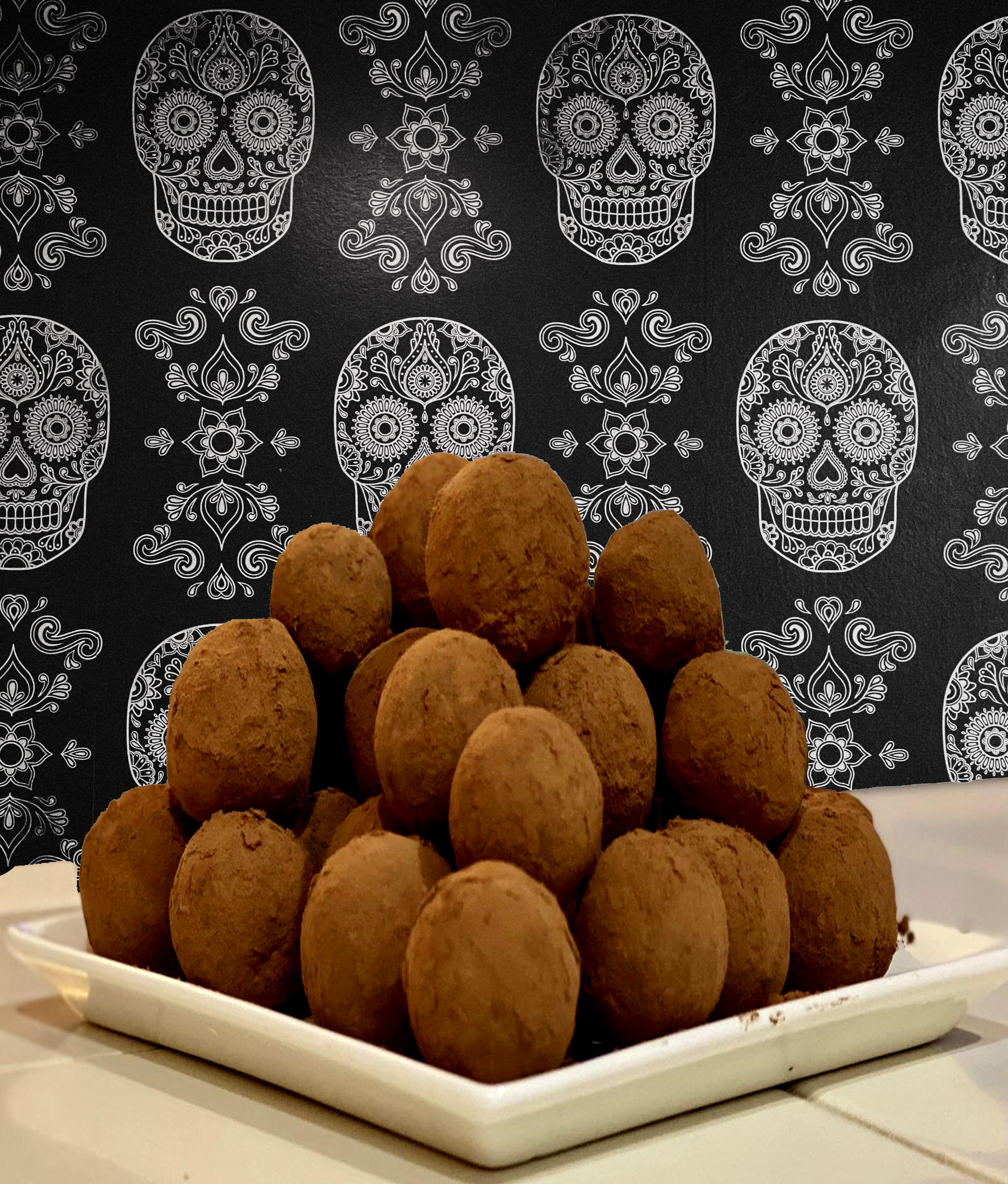
Cocoa powder, a timeless ingredient cherished by culinary maestros and home-cooking enthusiasts alike, has been an essential cornerstone in the world of gastronomy for centuries. From decadent cakes to luscious puddings, from irresistible biscuits to fudgy brownies, and not to forget the delightful indulgence of hot chocolate (though I'm partial to real chocolate), cocoa powder's versatility knows no bounds.
But let's take a step back and explore the essence of cocoa powder.
The Essence of Cocoa Powder
Cocoa powder, the product of pressing cocoa beans to extract cocoa butter, unveils its true form as "cocoa press cake," which is then finely ground into the exquisite cocoa powder we know. The resultant cocoa powder, often referred to as natural cocoa powder, undergoes a process that reduces its fat content. However, even low-fat cocoa powders contain around 10-12% fat, while high-fat variants can boast double that amount.
For those seeking a touch of sophistication, cocoa powder can take on a new dimension through alkalisation, a process that enhances colour, taste, and functionality. The refined outcome, known as Dutched cocoa powder or Dutch processed cocoa powder, brings a distinct charm to your culinary creations.
Decoding Cocoa Powder's Charms: Fat Content and Alkalisation
Two primary facets define the allure of cocoa powder: its fat content and the degree of alkalisation retained post-pressing. Unlocking the potential of these aspects requires an understanding of their roles.
The Play of Colour: Extrinsic and Intrinsic Hues
Delve into the world of colour with the distinction between extrinsic and intrinsic hues. Extrinsic colour—the shade cocoa powder presents in its dry form—varies from intrinsic colour—the tint when mixed with moisture..jpg)
A simple experiment, mixing cocoa powder with water, reveals this metamorphosis. Higher-fat cocoa powders shine with a deeper shade in their extrinsic state compared to their leaner counterparts.
Natural vs. Dutched Cocoa Powders: A Tale of Chemistry and Taste
Enter the 19th century, where Coenraad Johannes van Houten, a chocolatier and chemist, introduced dutching—a process to refine cocoa powders' qualities. Through alkalisation, van Houten improved dispersibility, taste, and colour, birthing the realm of Dutch processed cocoa powders. This process, involving alkaline solutions like potassium carbonate, elevates the pH levels, setting Dutched cocoa apart from its natural counterpart.
Impact on Flavour and Hue: The Dutch Touch
The dutching process casts its spell on cocoa powder, yielding darker hues and milder flavours. In contrast, natural cocoa powders flaunt lighter shades with fruitier undertones. The visual spectrum showcases the correlation between darkness and pH, showcasing the intricate dance of various factors including dutching, fat content, roasting duration, and bean origin.
Crafting Culinary Magic: Applications and Recommendations
Embrace the wizardry of cocoa powder across a spectrum of delectable creations, from ice creams to sumptuous cakes. The subtleties of pH and fat content resonate in each culinary endeavour.
Frozen Dreams: Ice Cream's Delight
A dash of science transforms ice cream. High-pH Dutched cocoa powders exhibit greater water-attracting properties, culminating in a velvety texture, slow melt, and premium structure—whether crafting water-based sorbets or milk-laden gelatos.
.jpg)
Dessert Symphony: Textures to Crave
Navigating dessert perfection requires finesse. Opt for low/medium alkalised powders to orchestrate a thicker texture. Embrace the harmony of cocoa powders and add stabilisers like cornflour when delving into high-pH realms.
Milk's Chocolate Symphony: A pH Pas de Deux
The balance between cocoa powder's pH and milk's harmony is delicate. Choose cocoa powders aligning with milk's pH to prevent curdling and foster a harmonious blend.
Baking Epiphanies: Rise and Whimsy
Baking unveils cocoa powder's transformative prowess, especially in conjunction with leavening agents.
Bicarbonate of Soda: Natural cocoa powders' low pH waltzes with baking soda, creating an airy, drier outcome. Dutched powders, with higher pH, dance to a different rhythm—dense and fudgy. Tweak the baking soda amount based on your cocoa powder choice.Baking Powder: A harmonious balance, baking powder dances with any cocoa powder, driven solely by your taste and colour preferences.

Fat Content's Intrigue: A Journey into Creaminess
Delve into the realm of fat content, an artistry that shapes cocoa powder's essence.
Colours of Fat: A Bright Illusion
High-fat cocoa powders deceive with brighter, deeper dry hues—owing to light-absorbing fat crystals. As these crystals dissolve, high-fat powders grow lighter, while their low-fat counterparts resonate with darkness due to higher cocoa solids.
Culinary Choreography: Sweet Confections
Unleash the magic of high-fat cocoa powders in ice creams, where their delicate dance with dairy conjures a melt-in-the-mouth marvel. Desserts mirror this pas de deux, crafting creamy indulgence.
Milk's Muse: A Symphony of Stability
Chocolate milk's elegance rests on the right fat content. High-fat cocoa powders, when entwined with milk's embrace, yield lasting harmony—courtesy of a homogenisation process weaving a tapestry of tiny fat particles.
In your pursuit of cocoa powder alchemy, remember: understanding pH and fat content is the key to unlocking extraordinary flavours, textures, and colours. So, embark on your culinary journey armed with the knowledge of these cocoa powder nuances, and watch as your creations transcend expectations and delight the senses.
